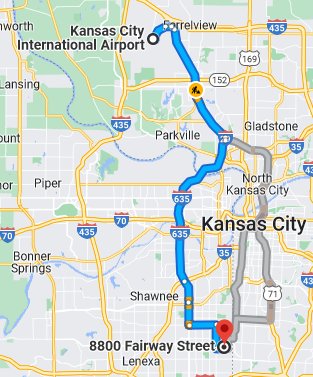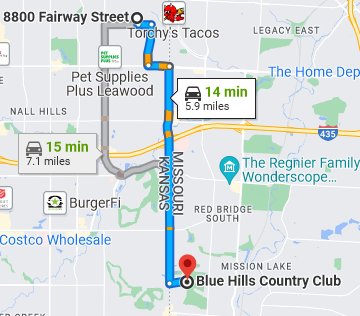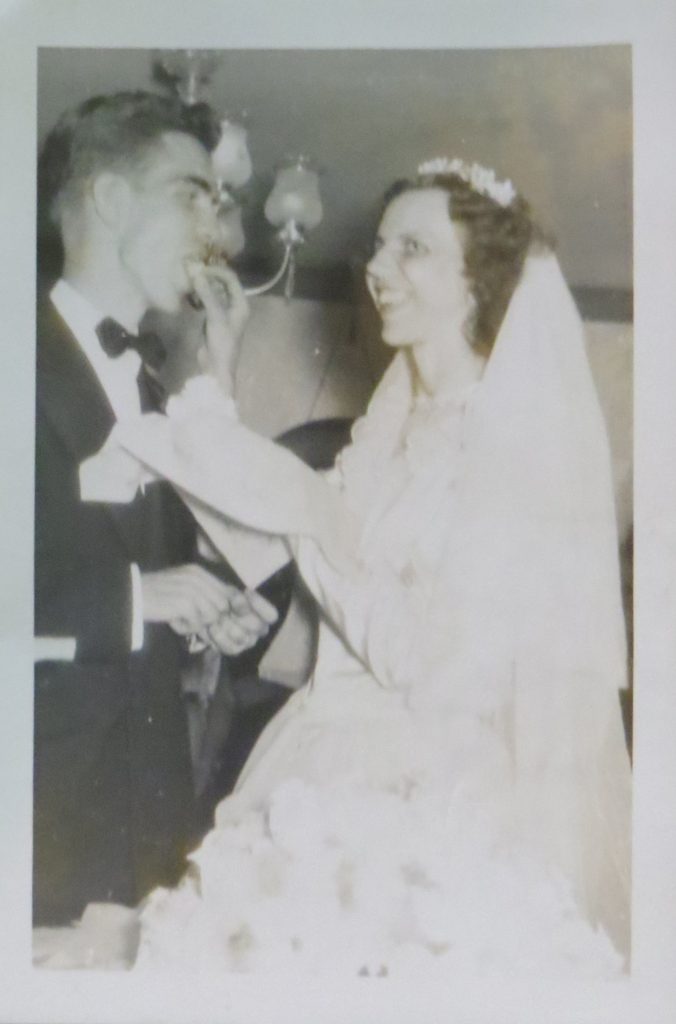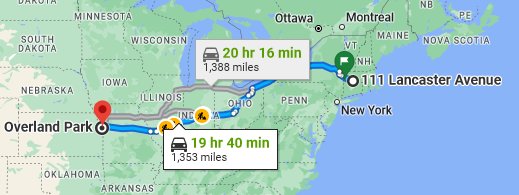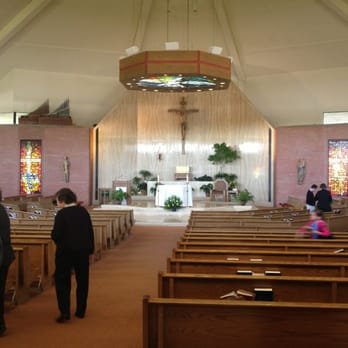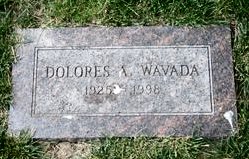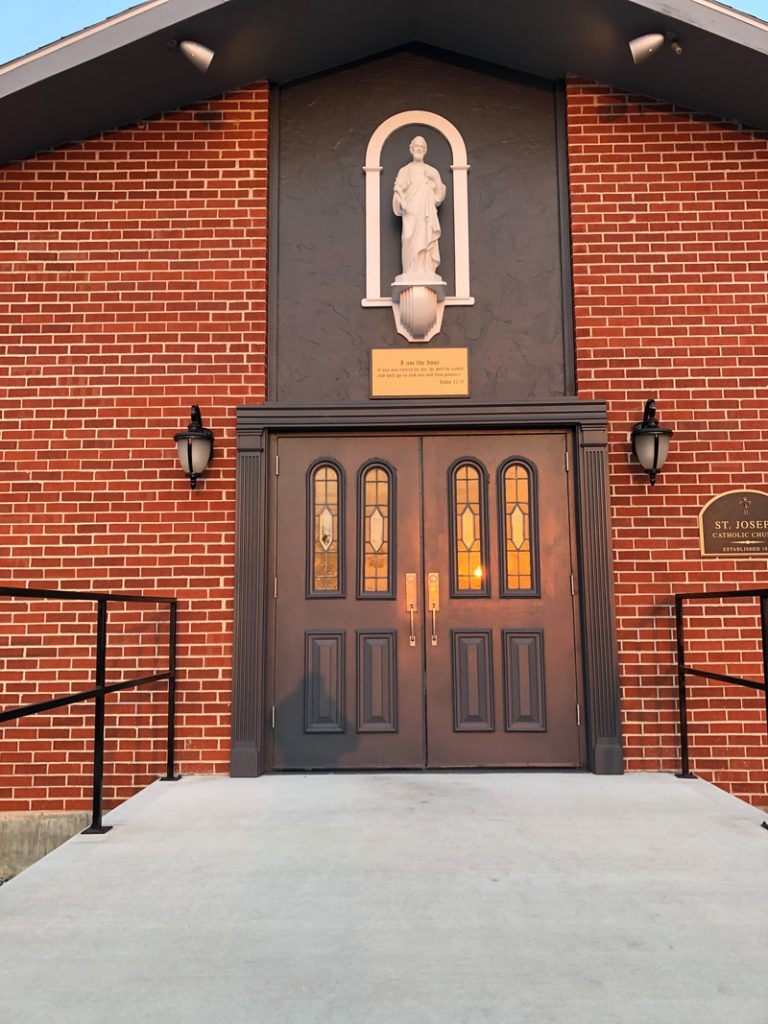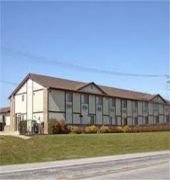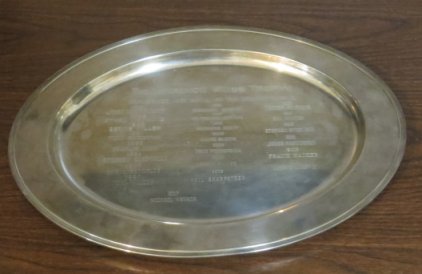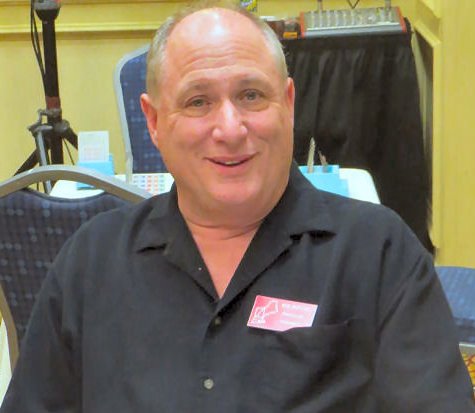D is for … Continue reading
I took notes on all of my business trips, and I often took photos. I did not, however, take any notes or photos in the course of this adventure. So, I needed to rely on my memory.
My dad had retired from his job at Business Men’s Assurance (BMA) in 1982 at the age of 58. For the first few years of his retirement my parents played a lot of golf and did some traveling together. They visited New England at least a couple of times, and they also took a few other trips. Sue and I made only one trip to KC during that period (described here). We were as poor as the proverbial church mice.
Throughout the early nineties I traveled a lot for business. Whenever I could, I stopped in Kansas City on the way to or from a client or prospect in order to pay them a visit. I always notified them that I was coming. I generally took the shuttle service1 that was available at the KCI airport. By 1995 I had stopped at their house in Leawood, KS, two or three times, and it was evident to me that both of them were going downhill. My dad had somehow2 lost vision in one eye. Mom was having a lot of trouble with her memory, and she no longer drove a car. She had been to see doctors about her condition, but they had been unable to diagnose the source of the problem. They assured her that she did not have Alzheimer’s Disease. Both mom and dad walked much more slowly than I remembered. In fact they walked more slowly than everyone.
In the late summer of 1995 my dad called me at TSI’s office to tell me that their friends were throwing a party for mom’s seventieth birthday. I am pretty sure that he must have invited Jamie and the rest of the Lisella family (introduced here) as well. Jamie said that she would not be able to attend, but her oldest daughter, Cadie Mapes, would go. I bought airline tickets for Cadie, who was about 17, and me, who was three decades older. My dad had said that we could stay at their house. I would sleep in my old bedroom, and Cadie would sleep in Jamie’s. My mom knew about the party, but she did not know that Cadie and I were coming.
My mom’s birthday was October 2, which was a Monday in 1995. I suspect that Cadie and I flew in on Sunday. Cadie was still in high school, of course. So, the party may not have been on the evening of October 2. I do not remember whether Cadie had to deal with being absent from any classes. Maybe the entire trip took place on a weekend.
When we arrived at the airport I rented a car from Avis. We decided not to drive directly to the house. Instead we stopped somewhere for a late lunch or supper. I have a vague recollection that it was a Mexican restaurant.
When we arrived at 8800 Fairway, my mom was in the front yard with one of her friends, perhaps Rose Goral. The other lady asked mom who had arrived. She immediately said, “That’s my son!” I was somewhat relieved that she recognized me.
I do not remember what we did that evening. I think that the party was on the following evening. It might have been at the Blue Hills Country Club, where they had been members for many years. In any case I remember that my dad was driving, mom was riding shotgun, and Cadie and I were in the back. I think that we were on State Line Road, a fairly busy thoroughfare on the south side of Kansas City.
At some point we came across a dog that seemed to be lost or at least confused. He was on the side of the road, and he meandered onto the pavement near us. My mom insisted that my dad stop the car. He knew better than to argue. He eased the car off to the side of the road. My mom got out of the car and made sure that the dog was all right. I remember this incident up to that point as though it were yesterday. I do not, however, remember exactly what she did to assure herself that the dog would be all right. She finally got back into the car, and we drove to the party without further incident.
The reason for my faulty memory is probably traceable to the fact that I was mentally rehearsing the speech that I planned to give at the party. The speech had seven main points; each topic began with one or the letters of my mom’s name D-O-L-O-R-E-S. I no longer remember the topics, but I definitely worked the episode of the dog into my presentation. Who else would stop a car on a busy street to deal with an animal? I also remember that I truthfully recounted that in all of the years that I had spent with my mom I had never heard her say a bad word about anyone. The only other thing that I recall is that the topic that started with L was “Libraries”. I recounted how the two of us had taken the street car to the public library in Kansas City, KS, and how she later encouraged me to read copious amounts of all kinds of literature at an early age.
The only other thing that I recall about the party is that one of their friends said that I sounded just like my dad. I did not consider that a compliment, but I suppose that it was intended as one.
Did our trip to KC make my parents happy? I suppose so, but I cannot remember any details that would prove it. No one broke into tears of joy or agony.
Cadie did not say too much on the trip. I probably should have made a greater effort to get to know her. She was definitely nervous about being the family’s representative.
We flew back to New England on the next day. I don’t remember anything else of note before I returned Cadie to her family’s house in West Springfield.
1. Two or three passengers would travel together from KCI to Shawnee Mission, which was what the southern suburbs on the Kansas side were called.
2. He blamed his detached retina on cosmetic surgery that he had undertaken to improve the appearance of his eyelids. He never took any legal action, and he did not like to discuss it.


